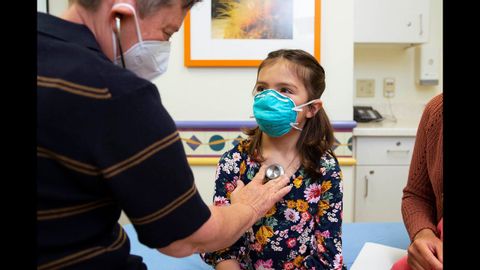エレーナの物語 (The Story of Elaina)
Shing Chang が 2024 年 05 月 31 日 に投稿  この条件に一致する単語はありません
この条件に一致する単語はありませんUS /ɪnˈtɛns/
・
UK /ɪn'tens/
US /ɪˈsenʃəli/
・
UK /ɪˈsenʃəli/
US /ˌsɪtʃuˈeʃən/
・
UK /ˌsɪtʃuˈeɪʃn/
US /ˈfɪzɪkəl/
・
UK /ˈfɪzɪkl/
- n. (c.)身体検査 : 健康診断
- adj.身体の : 肉体の;物質的な;物理的な
- n.体育
エネルギーを使用
すべての単語を解除
発音・解説・フィルター機能を解除
